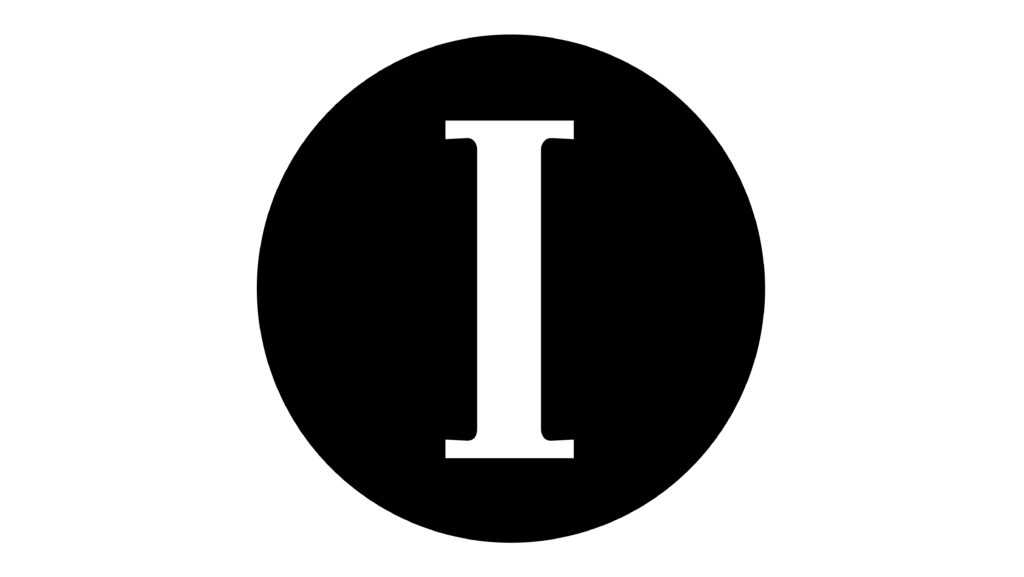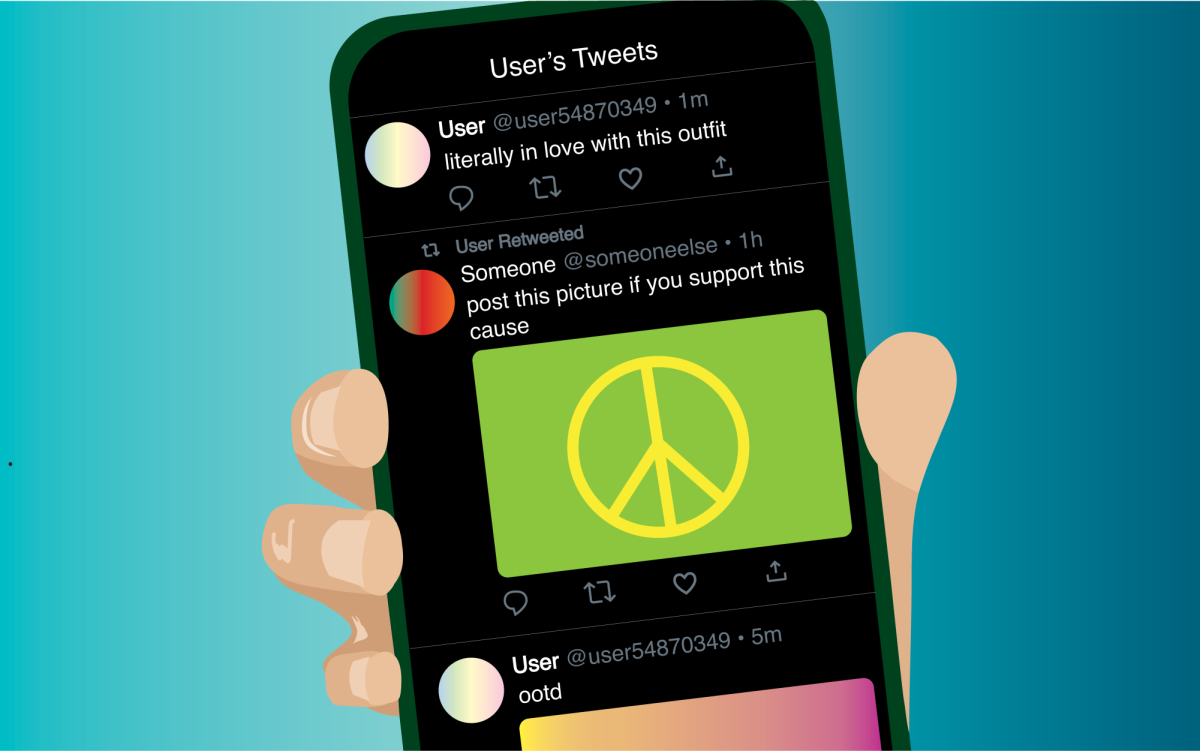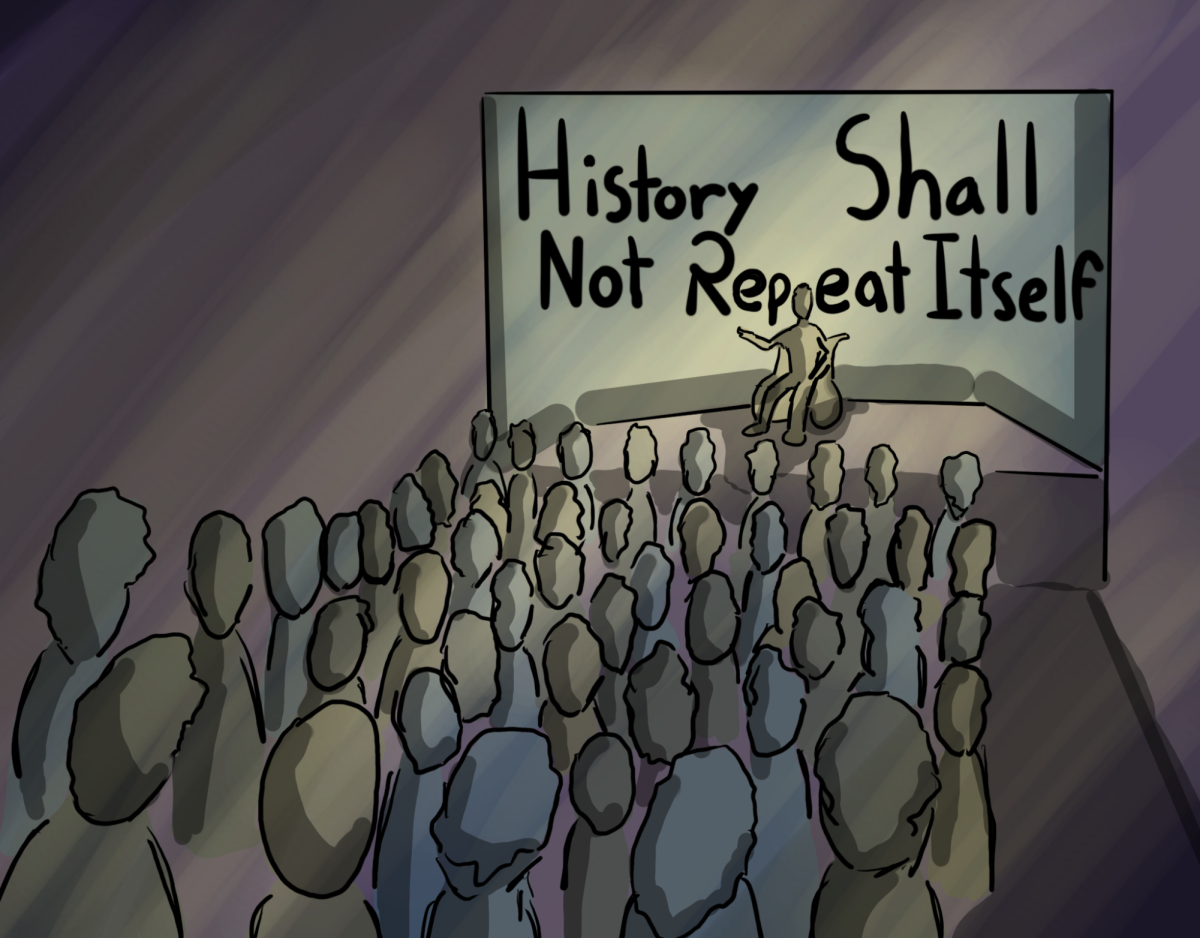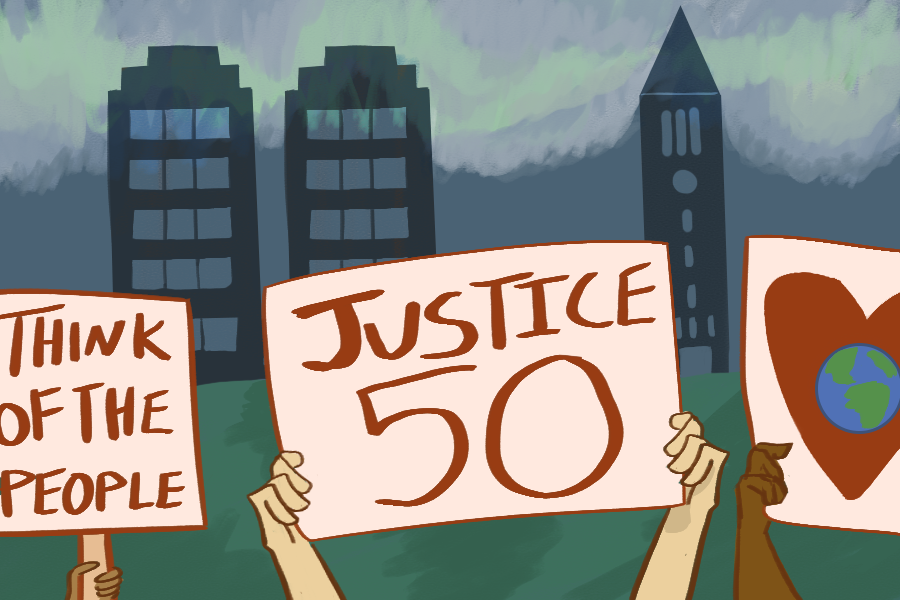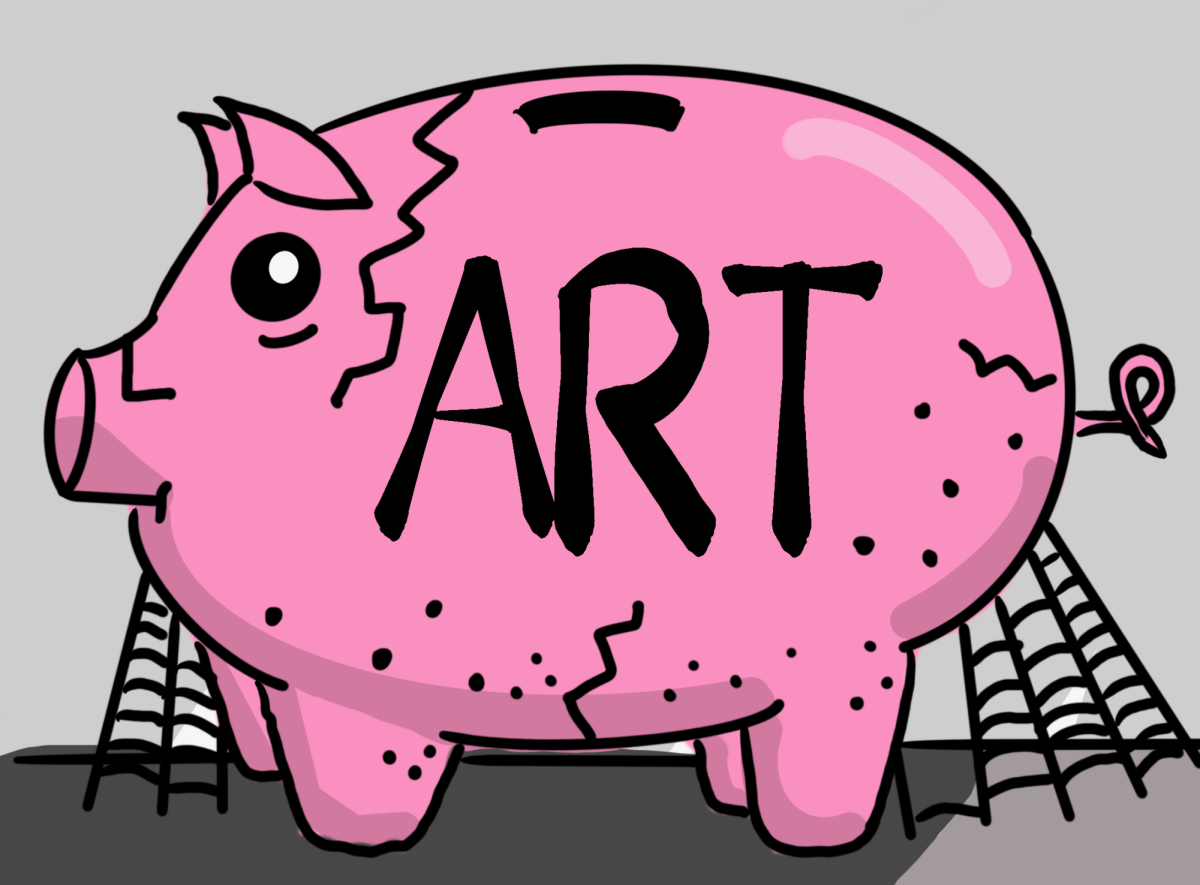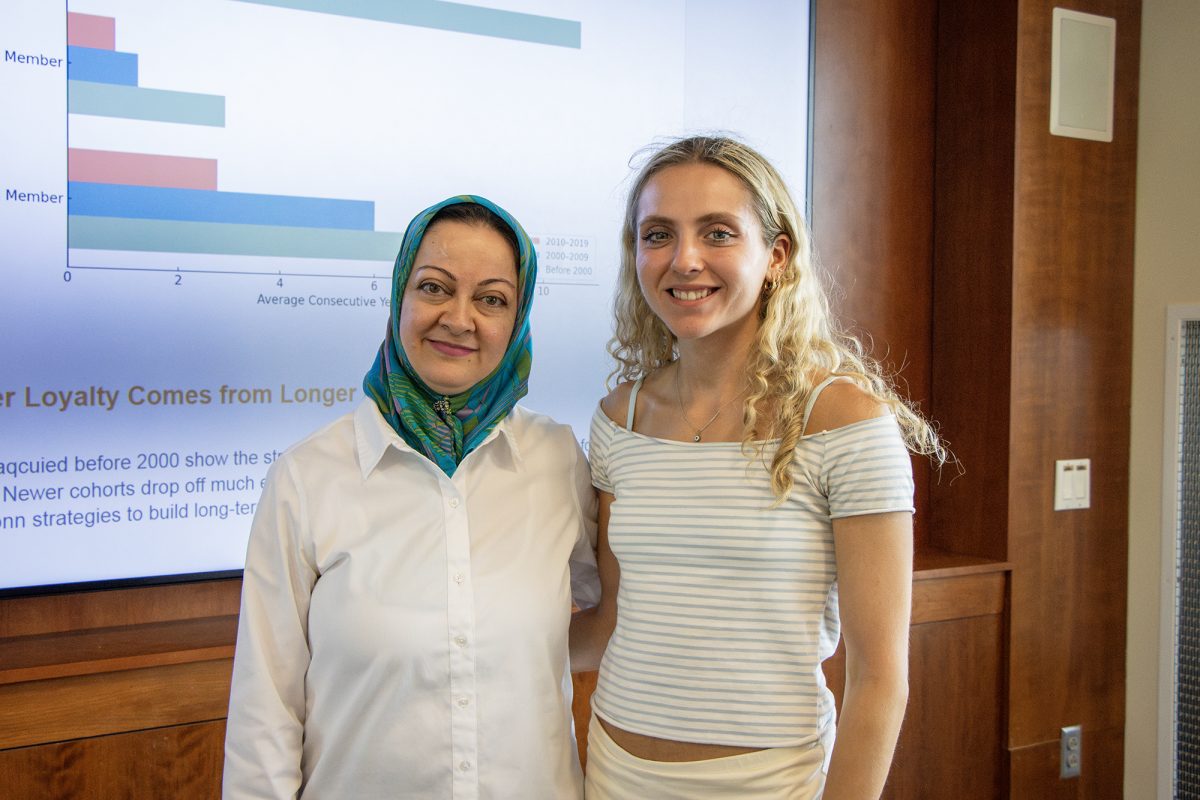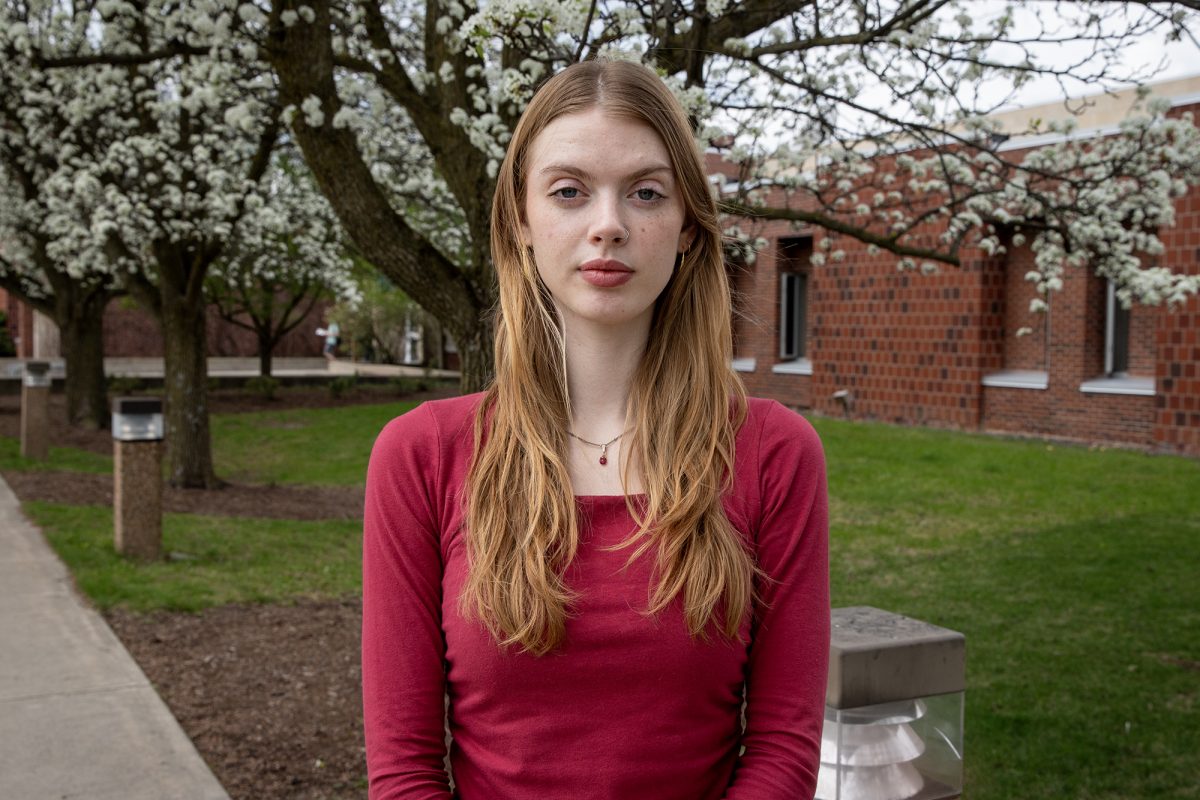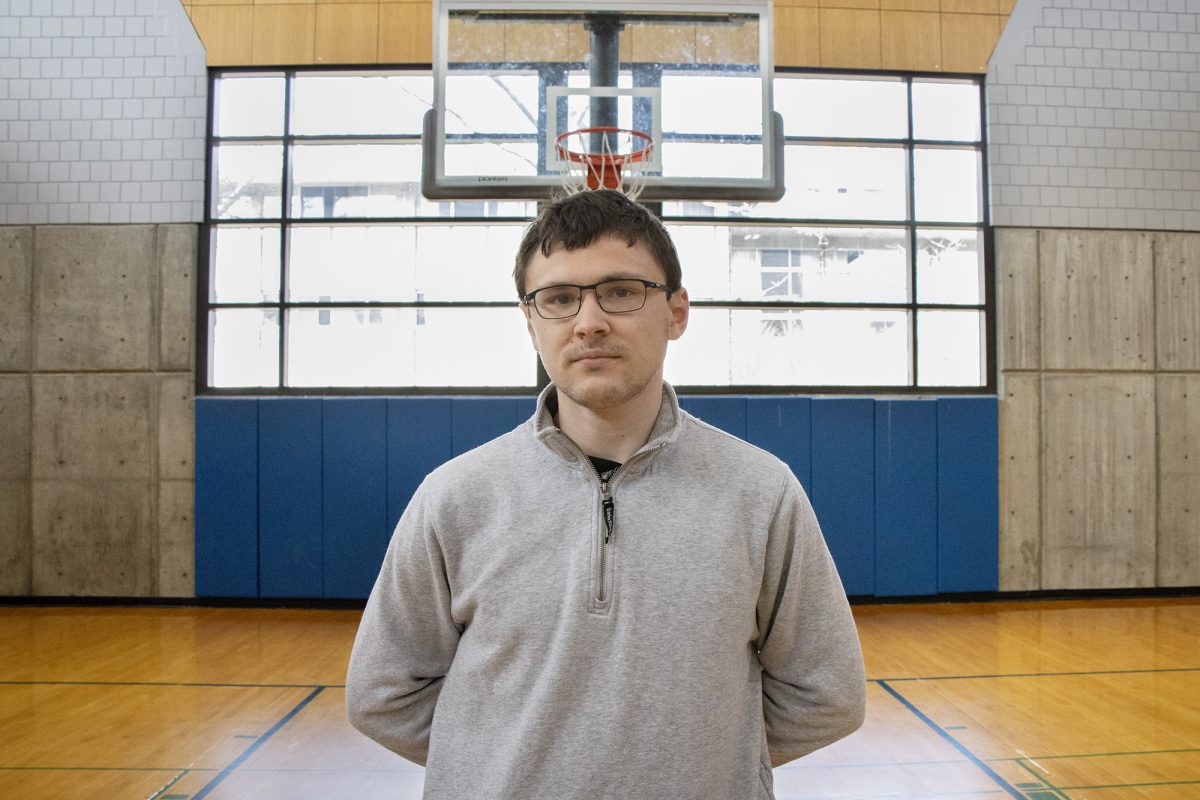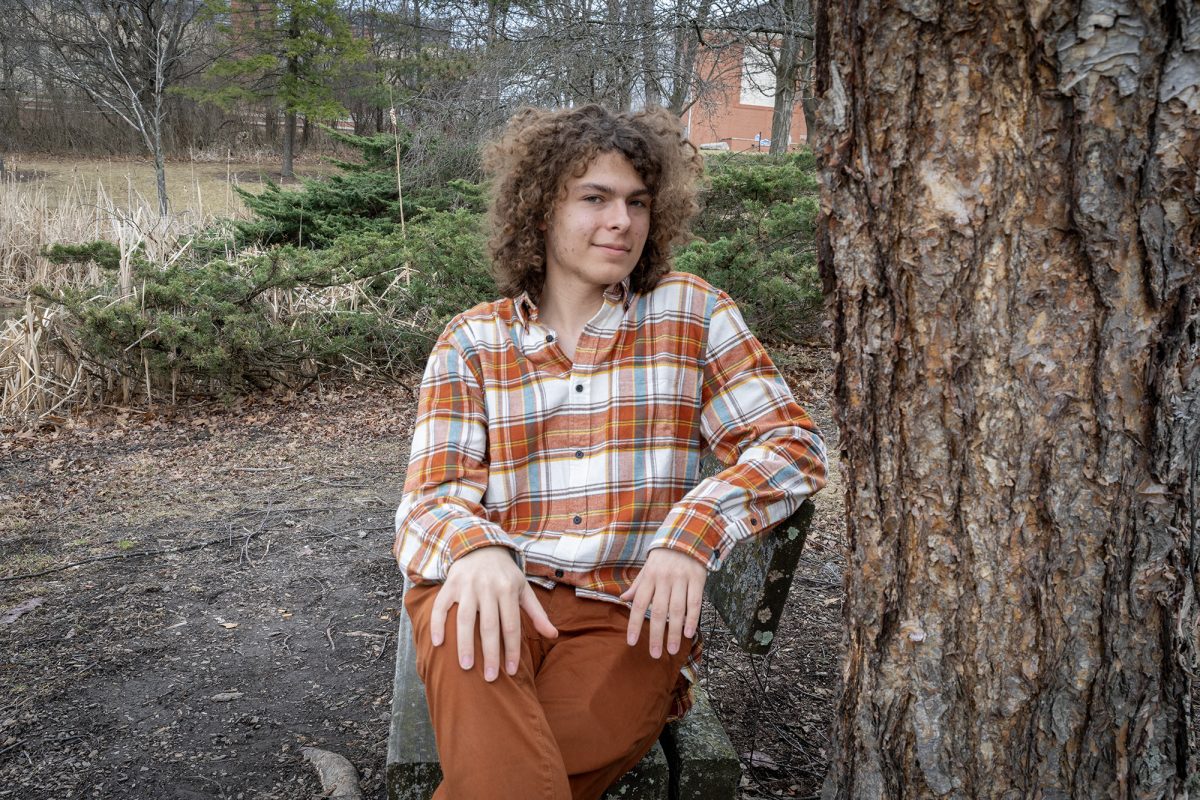The vast majority of students and faculty at Ithaca College are white. Any Black, indigenous or person of color (BIPOC) applying to the college will look up the college and see that there is a low number of BIPOC students at the college — only 23.5% of students in the Class of 2025 identify as BIPOC. While there is an evident increase in the numbers in recent years, the college is still not the most diverse community. Many students of color come from areas where they can turn to their right and find someone that looks like them. At the college, you may need to look to your left too or behind you or behind that building to find someone that may be BIPOC.
The college has the tools and the ability to be a diverse campus; the community is one that markets itself to be accepting and progressive. You can even see a few BIPOC students in the photos in their brochures. If only the photos reflected the actual campus. The college has been known to disregard racist or problematic professors in the past, and in terms of the student body, there are quite a few students who carry bigotry or racist sentiments and actively get away with making the community an unwelcoming environment for BIPOC students. Many students at the college have had to take on the role of being the ones to correct and hold accountable their peers and professors. It should not be their job to do so, but the college has failed to properly address these situations and ensure that the students, faculty and staff recognize that blatant racism and the disrespect of other students is unacceptable. Diversity on a college campus is crucial and of the utmost importance to ensure that, as a community, we are progressive and provide a full-rounded education to each student. BIPOC students applying to the college struggle to see past the majority-white faculty and student body. They need to know they will be joining a community that will not ostracize them or strip them of their identities. The college can use the platforms and programs already established at the college — including the First-Generation center, the vast number of BIPOC groups and organizations like the Students of Color Coalition, IC PODER, Sisters2Sisters, Brothers for Brothers, IC Mixed and the Asian American Alliance — and elevate these organizations and the students and give them a larger platform on campus.
Prospective students do not just need to see diversity in the photos and advertisements for the college — they need to see it in person when they come to see the campus and look at the students. In addition to student enrollment, there needs to be more diversity within the faculty in all departments. If the college wants to see more diversity and an increase in BIPOC students, it needs to step up and be creative. It isn’t enough to say that you stand with all students and will support them in all their struggles; there has to be action, initiative and distinct plans. Racism and discrimination must be taken very seriously, and those who perpetrate racism must be punished swiftly. Students of color need to have a voice and a place to share their feelings when such racist incidents occur, and the college should listen to these students and take action when it is necessary.
In the past, The Ithacan has been complicit and contributed to the pain that has been done to the students of color on campus. We acknowledge and apologize for the harm the paper has done, and The Ithacan is actively holding itself accountable. This semester editorial board members participated in implicit bias training, something we wish to hold every year and also involve our staff members in. The Ithacan prides itself in becoming an inclusive and safe office for all members of the community.


